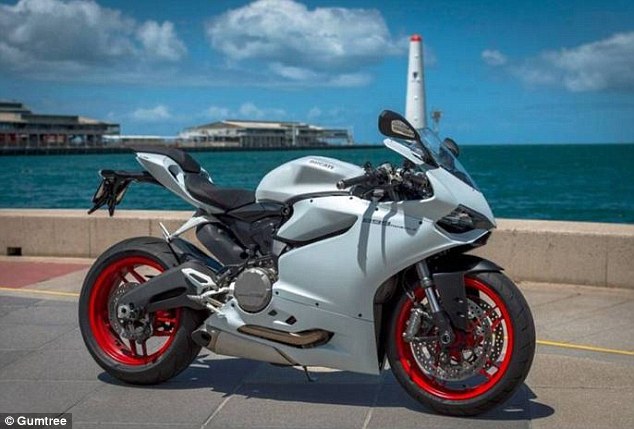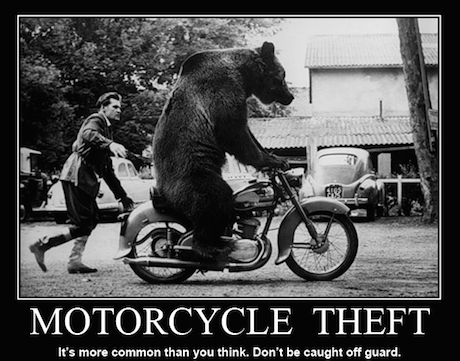The example of a Melbourne rider having his 2015 Ducati 899 Panigale stolen in a crafty scam is a timely warning about selling privately, especially online.
In the case of Melbourne rider Steve Williams who advertised his bike online with Gumtree, the prospective rider arrived in a car and asked for a test ride. He said he had accidentally left his licence at home and allowed Steve to talk with his “father” over the phone to verify, yet Steve allowed him to ride off.
The thief then phoned Steve explaining he had been pulled over by police and asked if he could come and explain to the police that he was test-riding his bike.
When Steve arrived at the specified location, the rider wasn’t there and when he returned home, the thief’s car had gone. Now insurance won’t pay out for the theft because Steve voluntarily handed over the keys.
It’s one of many ruses thieves are using to steal bikes from online sellers.
In South East Queensland, a man has been posing as a prospective buyer and simply riding off on test bikes, leaving behind a fake licence.
There has also been a rash of stolen bikes in Victoria from thieves who contact sellers and get their address on the pretence of coming to inspect the motorcycle.
The thieves roll up, usually at night, and steal the motorcycle.
More than 8000 motorcycles are stolen each year in Australia, with two out of three taken from the owner’s home. Over half of motorcycles stolen are not recovered.
 10 WAYS TO AVOID A SCAM
10 WAYS TO AVOID A SCAM
-
- When the prospective buyer contacts you (use your mobile phone number in the ad, not your landline), don’t reveal any of your information, except maybe your first name, to keep things cordial.
- If they have an elaborate tale about how they are working overseas and they can send a friend around to look at your bike, simply hang up. It’s a scam.
- When they tell you they want to come and see the bike and take it for a test ride, tell them they will have to bring their licence and one other form of photographic identification such as a passport with their current address. If they say they don’t have it, pull out of the negotiations.
- Never reveal your address. Find out where they are coming from and arrange to meet in a neutral location halfway between your place and theirs. Make it a very public place such as a busy service station or shopping centre carpark during daytime. If they don’t like that idea, pull out.
- Take at least one friend along as a witness. They can either follow the test rider, or stay behind with the “buyer’s” car while you follow them.
- Ask to see their driver’s licence and/or passport or other ID and hold on to them while they go for their test ride. If they won’t, pull out of the deal. Some people, like Steve, ask the prospective buyer to sign a waiver to absolve them from any crashes or fines during the test drive. They really aren’t worth the paper they are written on, but may help dissuade a scammer. In this case, it didn’t.
- When the rider takes off on the test ride, tell them you or your friend will follow along in your car or on another bike. If they don’t like that, pull out of the deal.
- While they are gone, take a photo of their car and number plate for your records. In fact, it might also pay to get a photo of the “buyer”. If they object, pull out.
- If they come back and say they want to buy the bike, you will have to agree on a safe transfer of money that is foolproof. Cash is ideal. Don’t take cheques. Even money transfers can be fraudulent, although there is a new service called Protecti, a third party who hold the money securely for a fee until both parties are happy with the deal.
- Make sure you have all the transfer papers with you and get all their details from their licence and other ID.
PayPal scam
The PayPal scam is becoming more prolific, so it deserves its own section.
If a buyer wants to pay for your bike via PayPal, make sure the payment has actually gone into your account. Don’t trust email “confirmation” notices.
In fact, the email might be titled “Service@PayPal.com” but the actual email address is totally different.
It will usually say the payment is being withheld until the goods are shipped.
Never let your bike out of your sight until you have full payment confirmed.
Have you got any other suggestions?



 10 WAYS TO AVOID A SCAM
10 WAYS TO AVOID A SCAM